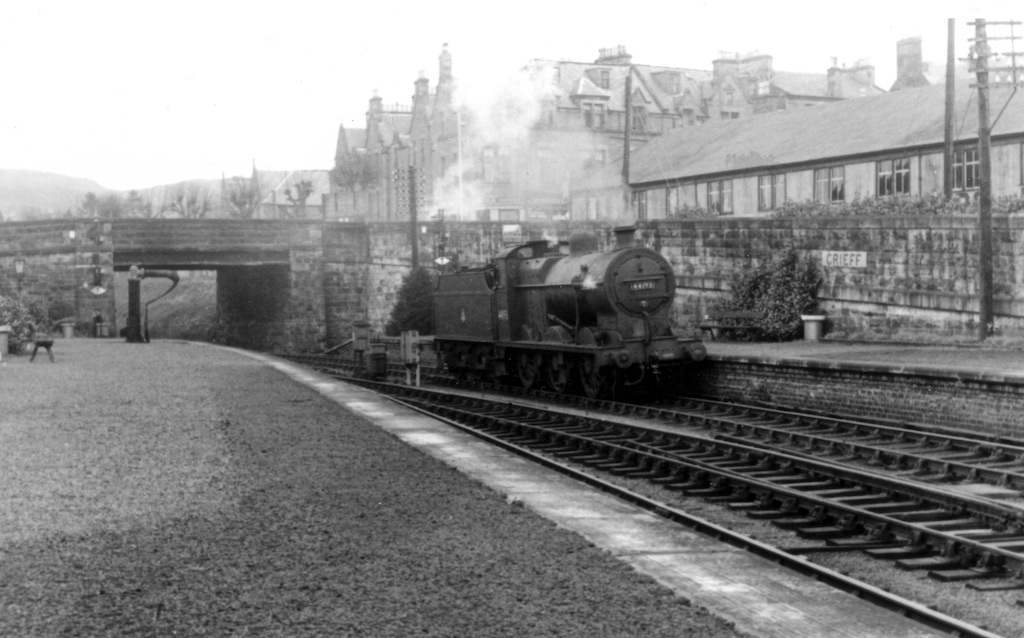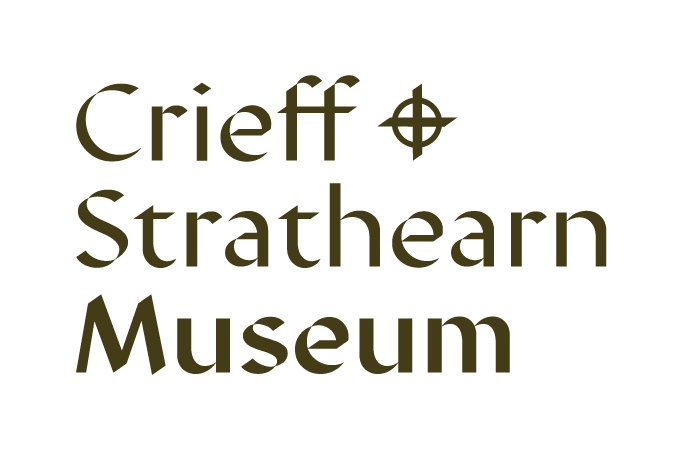Strathearn's Railways Exhibition 1
08/11/19 12:50

Fifty years after the closure of the Waverley Line and of the St. Andrews Railway we, as a nation, are taking stock of what we lost with the closure of a large proportion of our railway lines and, in particular, after the Beeching Reports of 1963 and 1965. There had been a steady shrinking of the lines from the 1930s which reflected the economic decline and changes in society but, between 1950 and 1973, a dramatic shift occurred when 7000 miles of railway line were taken out of service across the UK.
From 1st October 1951, the line west of Comrie to Balquhidder was closed to all traffic, while Crieff to Perth was closed the same day to Passenger traffic. Two months prior to the Forth Road Bridge opening in 1964, the last passenger train ran in Upper Strathearn, with the controversial closure of the railway between Gleneagles and Comrie, leaving the goods-only line from Crieff to Perth via Madderty as the last rail link, which hung on until September 1967. The coal deliveries from distant collieries, which were a primary reason for the railways' existence, had to switch to the road.
Although times and circumstances change, it is still being argued that the Strathearn railways were the life blood of the area. Because of the loss of the land over which key sections of railway ran, we can now only guess at what a difference it would make to have these transport links again but there is an abiding sense that everyone mourns their loss. Those of us who remember travelling by steam, seeing the trains stopping at halts along the way to pick up milk or fruit or other local produce will feel sad about the passing of a way of life which can never come again. Few things are as evocative of the post-war rural idyll as a distant whistle and a thick plume of white smoke bending over fields and woods.
Crieff & Strathearn Museum assembled stories, images and artefacts from the times of Strathearn’s railways for a free, public exhibition which was held in the upstairs chamber of the Old Town Hall in Crieff between the 9th and the 16th of November. This exhibition would not have been possible without the enthusiasm and hard work of David Ferguson, who provided most of the material used in our posters and artefacts on display.
